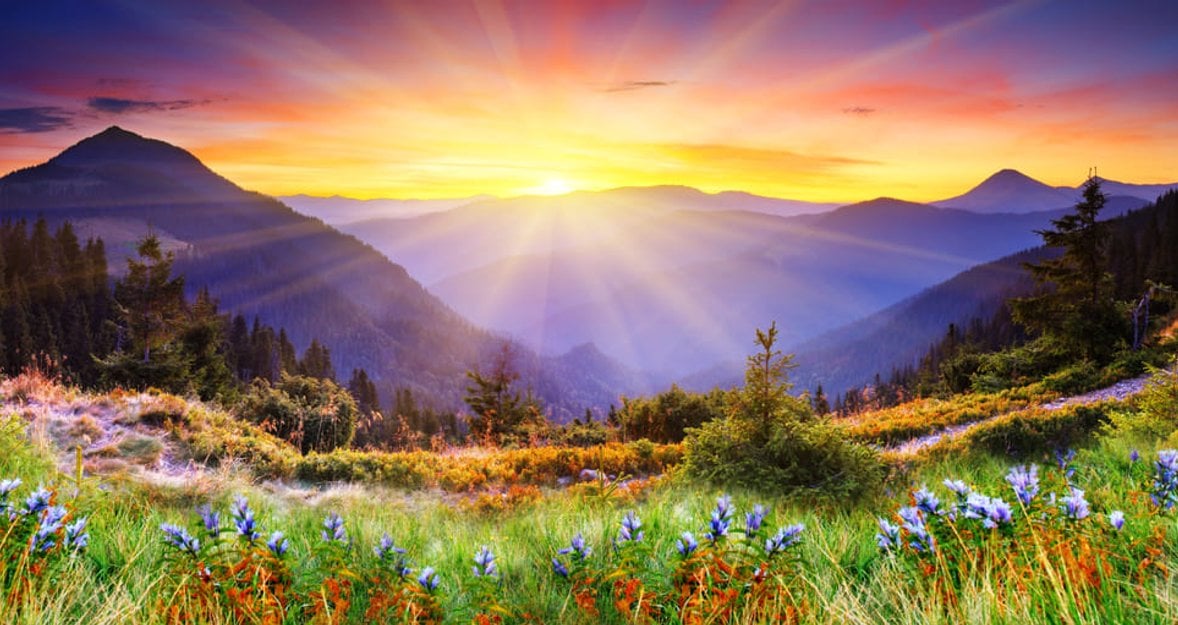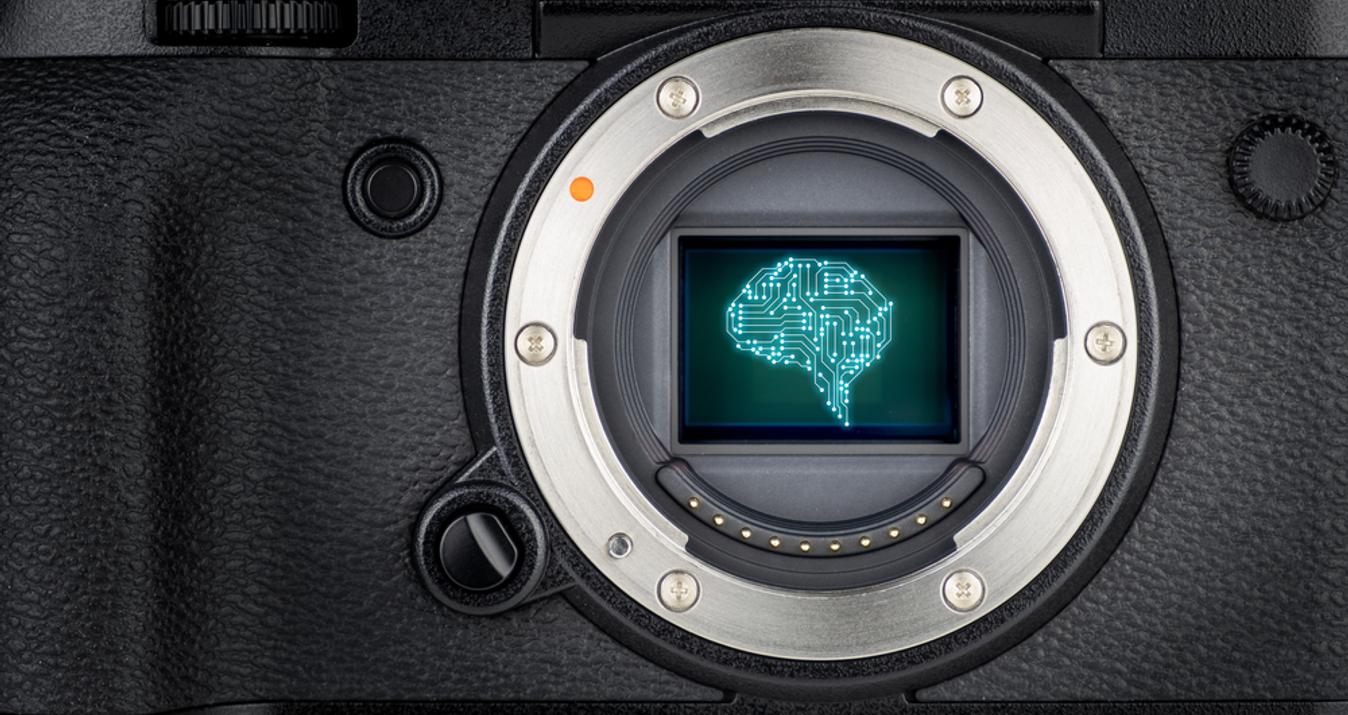Understanding HDR Tone Mapping
Last Updated on March 01, 2025

HDR and tone mapping go hand in hand, but despite popular belief, they aren’t the same thing! In this post, we'll go through the differences and explain what tone mapping really is.
Photographers commonly confuse HDR and tone mapping. While these two techniques are definitely related, they aren’t the same thing. HDR stands for High Dynamic Range and is a process through which multiple photos are combined to increase the final image’s overall dynamic range using an HDR editor like Luminar Neo. But this doesn’t mean that the image you get is necessarily oversaturated and high-contrast — things that HDR is usually associated with. It just means that the image has a lot of detail that you can work with.
This detail can be brought out of the image using a process known as — you guessed it — tone mapping
The Definitive Solution for Picture-Perfect Portraits
DISCOVER TODAY!Let's Start with the HDR Definition
 Before we move on to the question: “What is tone mapping?”, we should find out a little more about HDR photography, as it is an integral part of it.
Before we move on to the question: “What is tone mapping?”, we should find out a little more about HDR photography, as it is an integral part of it.
Modern cameras, even with their large fancy sensors, aren’t able to capture as much detail as the human eye can see in any given scene. This means that even with the sharpest, highest-resolution photos, a scene can’t be depicted realistically in a single frame because the dynamic range just isn’t there. So, what did the photographers of the past come up with? They invented the HDR technique!
The point is that to capture more details, you need to take several photos of the same scene and combine them—that's it! It sounds simple, doesn't it? Three photos with different exposures are enough for a visible effect. So, take one photo that has a balanced exposure and then take more photos that are underexposed and overexposed. When you merge these photos, what you end up with is much more detail both in the highlights and in the shadows.
If you need more details on this topic, check our previous article about underexposed vs overexposed photos.
HDR: Before and After Examples
Improve the Quality of Your Portraits
Add Vibrancy to Your Landscapes
Show the Interior in All its Details
One-stop HDR Photo Editor for Nature and Architecture Photography
Explore in Luminar NeoNow you have a photo with a lot of detail but one that isn’t particularly contrasty or true to life. This is where tone mapping algorithms come in.
Also read: How to Develop Raw Photos in Luminar Neo
So, What is Tone Mapping

Tone Mapping is a technique in post-processing that adjusts the brightness and contrast of high dynamic range (HDR) images to make them look natural and detailed on standard screens.
Simply put, tone mapping deals with reducing the tonal values within an photo to make them suitable to be viewed on a digital screen. For example, an HDR photo that has a 100,000:1 dynamic range needs to undergo tone mapping so that the tonal values fall between 1 and 255.
This is important as it makes the image look realistic on most modern displays. These displays simply cannot reproduce the high dynamic range that your file may end up with after merging multiple photos, so dynamic tone mapping is a vital step to reduce the tonal variation in such photos.
Two Types of Tone Mapping Algorithms Explained
Understanding the differences between tone mapping algorithms gives you the ability to choose the right method based on your goals and the specific requirements of each photo. So, let's figure it out, the information isn't that hard, but definitely useful.
Global Operators
Local Operators
Each pixel in a picture is mapped based on its global characteristics in this method, regardless of where in the image it falls. This means that the position of the pixel in a light or dark portion of the image isn’t taken into account. While this type of tone mapping is fast, what it leaves you with is a rather flat image.
In contrast to global operators, local operators do take note of a pixel’s position in the light or dark areas of a picture. Pixels are then treated according to their spatial characteristics and much more detail is eked out of them as a result. The final image is more pleasing to the eye and has more visible detail with this local tone mapping technique, but unsurprisingly it takes more time to process.
How to Achieve the Best Results with HDR

Let’s get one more thing out of the way. Yes, it’s true that you don’t need to shoot in RAW to create HDR images. It’s even true that you don’t need multiple exposures to tone map an image to look like an HDR photo. But it’s also true that if you shoot in RAW, you’ll have much, much more information in your file to work with.
Also read: The Complete Guide to Choosing Light Boxes
One of the best HDR editors that can help you achieve great results is Luminar Neo. This software is known for its realistic results that you don’t even have to work too hard to get. Presets can do most of the work for you as soon as you merge your different exposures, and then there are deep manual controls to tweak images to your heart’s content.
Guide to Creating HDR Images in Luminar Neo
Step 1: Capture Bracketed Photos
Take a series of bracketed photos with different exposure values (e.g., -2, 0, +2).
Step 2: Import Images to Luminar Neo
Open Luminar Neo, click “Add” or “+”, and select your bracketed photos.
Step 3: Select Images
Drag and drop your photos into the HDR Merge tool. You can upload up to 1000 items! If needed, use Batch Processing to work on multiple images simultaneously.
Step 4: Adjust Settings
Click the three dots icon to adjust settings:
Auto Alignment: Ensures all your images line up perfectly, correcting any minor shifts between shots.
Chromatic Aberration Reduction: Removes color fringing (weird color edges) around objects, especially in high-contrast areas.
Ghost Reduction: Fixes any blurry spots caused by movement within the scene. You'll choose a base image as a reference and decide the strength of the effect.
Organize photos by dragging, and remove any mismatched images using the X icon or delete the entire group with the trashcan icon.
Step 5: Merge Images and Save the Result
Click “Continue” to merge your photos into an HDR image. The merged HDR image will be saved as a Tiff file in the HDR Folder. Move it to the desired folder if needed or click the "Export" button and save in the desired format.
Enhance Your Photography with HDR Merge
Get Started NowBottom Line
 As you now understand, tone mapping is simply a part of HDR processing. You can perform tone mapping on single images as well as on HDR images created from multiple merged images. Remember that you’ll get much more detail in your final image if you shoot in RAW and if you merge at least two images with different exposures. But no matter how you plan to get started, don’t forget to give Luminar Neo HDR Merge a try as it can help you achieve excellent results with minimal effort and in very little time.
As you now understand, tone mapping is simply a part of HDR processing. You can perform tone mapping on single images as well as on HDR images created from multiple merged images. Remember that you’ll get much more detail in your final image if you shoot in RAW and if you merge at least two images with different exposures. But no matter how you plan to get started, don’t forget to give Luminar Neo HDR Merge a try as it can help you achieve excellent results with minimal effort and in very little time.
Also read: Best Laptops for Photo Editing on a Budget
FAQ
What is dynamic tone mapping?
Dynamic tone mapping is part of the HDR photo editing process, which adjusts the tonal values of images to make them appear bright and rich in detail on standard displays. It ensures a balanced and realistic image by dynamically adjusting brightness and contrast in real-time.
What software to use for HDR photography?
Luminar Neo is one of the best software for HDR photography. It incorporates many features from its predecessor, Aurora HDR, offering advanced tools and user-friendly options for creating stunning HDR images.
Should HDR tone mapping be on or off?
Generally, HDR tone mapping should be on if you want to enhance the details and contrast in HDR images, so you can make them appear more vibrant and natural on standard displays. However, the preference might vary depending on your specific goals or the display capabilities.
Should HDR tone mapping be active or static?
Typically, HDR tone mapping should be active, as this allows the image to dynamically adjust to different lighting conditions and scenes. However, static tone mapping may be suitable for specific scenarios where you want a uniform look across all images.
Can I create HDR photos from a single image?
Yes, it is possible. If you’re interested in doing some iPhone HDR photography and don’t want to take multiple photos, some editors can even create convincing HDR-like photos from single images.











